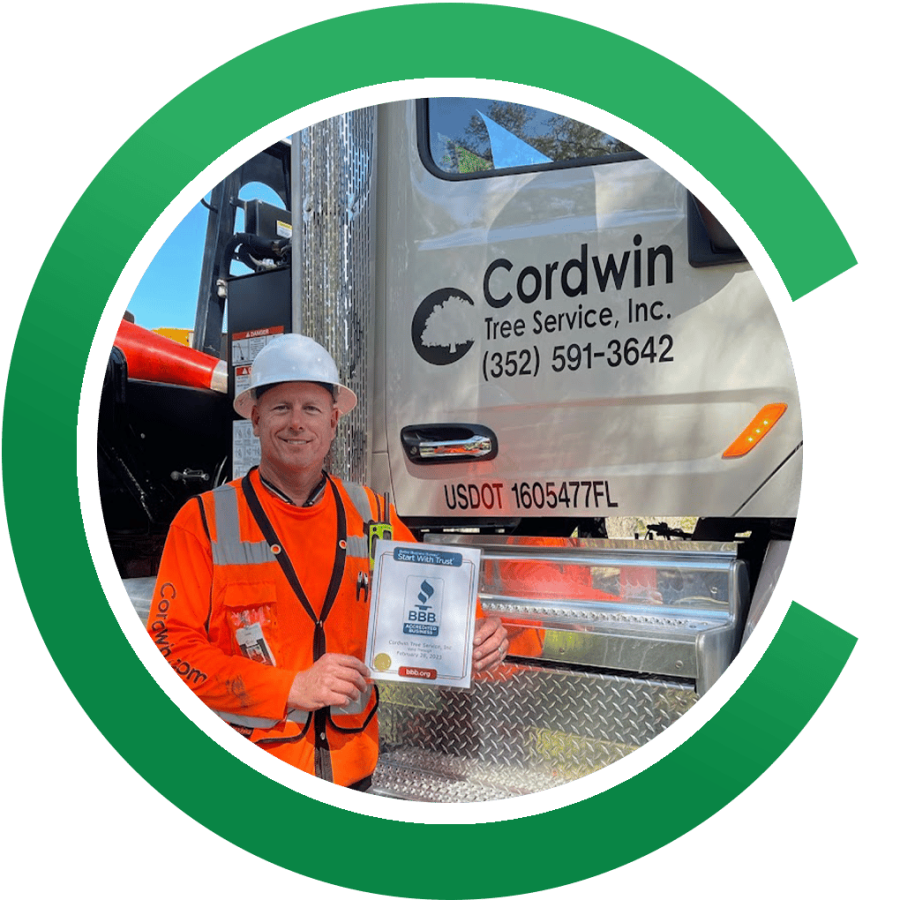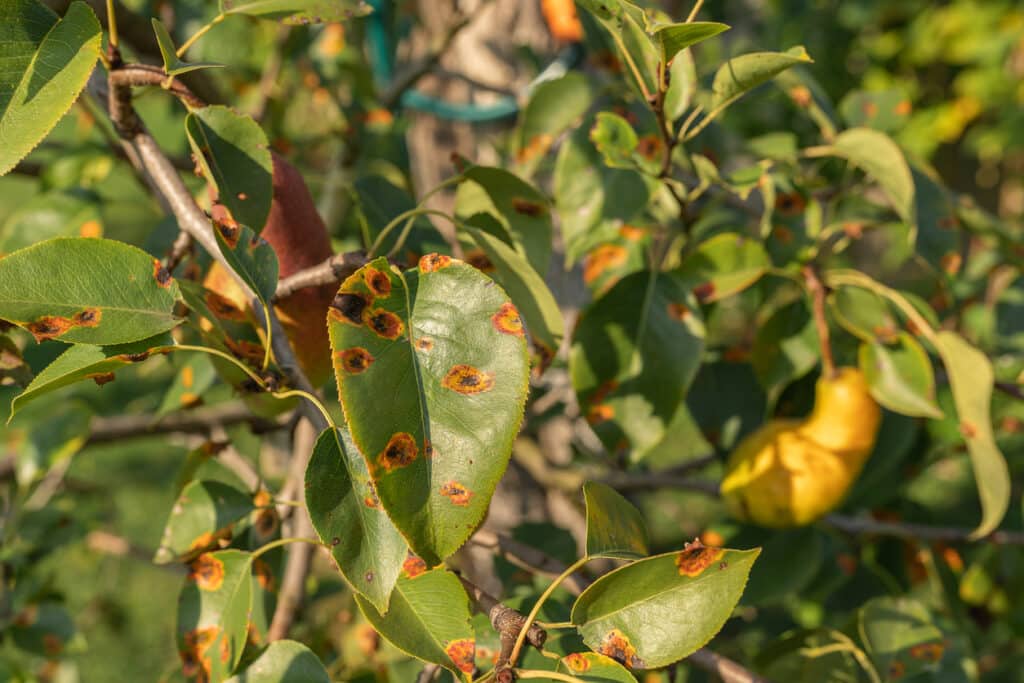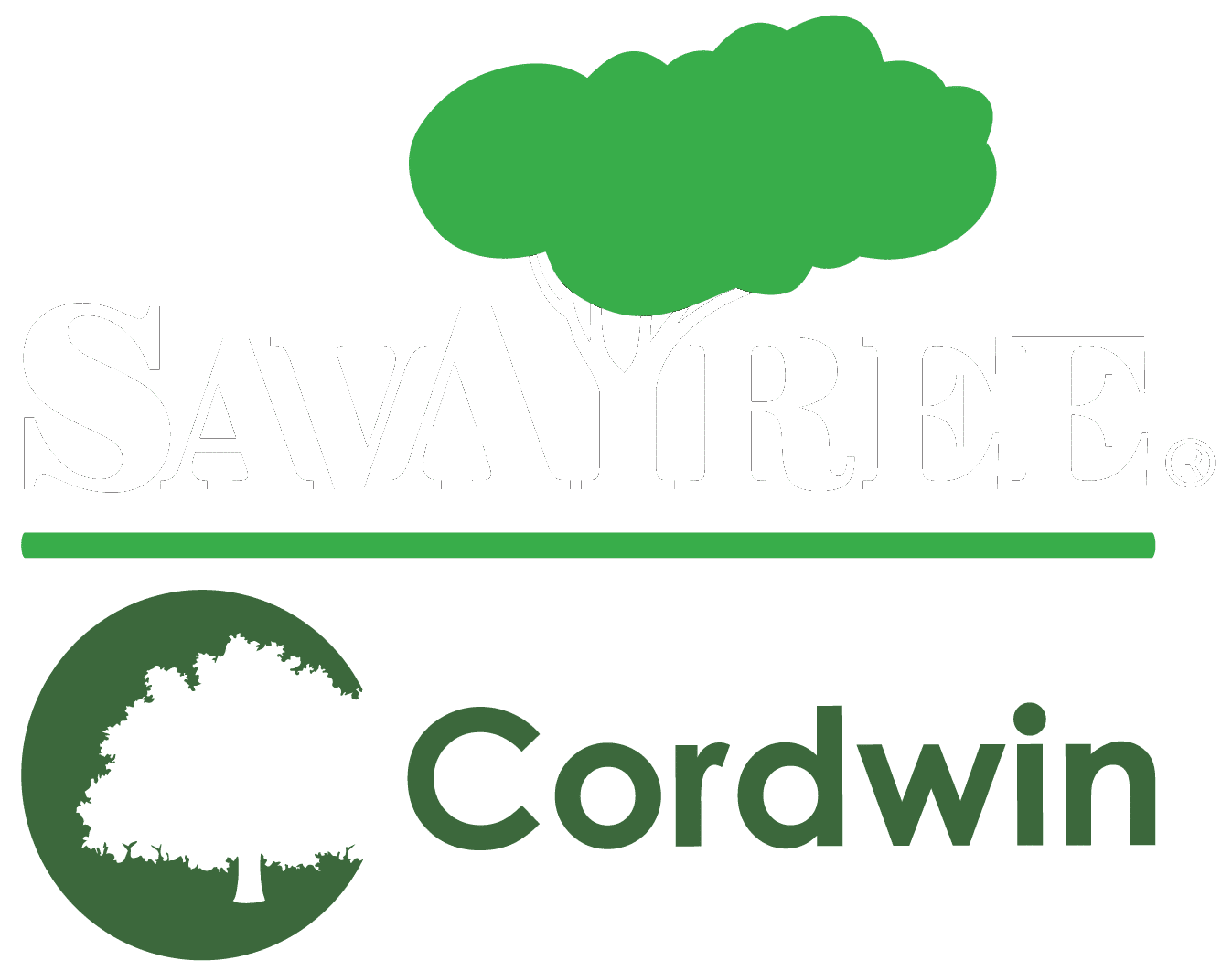Before attempting to remove a tree from your property, it’s important to identify potential environmental and safety risks that may impact you and your surroundings. Tree health risks may include cracks, disease, pest infestations, and obvious signs of premature rotting. Learning how to identify tree health risks before a removal can help determine when the time is right to call on the professionals.
Conduct a Visual Inspection
One of the easiest and risk-averse methods for identifying potential tree health risks is to conduct a visual inspection. When conducting a visual assessment of your tree(s), keep the following in mind:
- Inspect for broken, hanging, and/or damaged limbs. Limbs that are weakened may indicate a deeper issue, such as a disease or, in some cases, a pest infestation.
- Observe your trees for any signs of damaged bark. When bark is damaged on a tree, this can indicate a lack of nutrients, which can weaken the structure of the tree prematurely.
- Learn to spot and identify dead limbs on your trees. Dead limbs can impact the tree’s structural integrity and may indicate an underlying disease.
What to Consider When Inspecting a Tree’s Stability
When assessing the stability of your trees, keep the following in mind:
- The condition of the root system of your trees (and the ages of your trees)
- The visual and in-depth health of your trees’ branches and limbs
- Specifics regarding your tree species (and cyclical growth patterns)
- Environmental factors, such as exposure to excessive winds and natural disasters
How a Professional Crew Assesses the Health Risks of Trees
Working with a professional team of arborists and landscapers is a way to streamline the inspection process of your trees. Arborists are well-versed in understanding the health risks of trees and will provide the following:
- Basic: A basic assessment will include a 360-degree inspection along with a traditional, ground-based visual assessment.
- Advanced Assessments: An advanced assessment may include resistance drilling, drone inspections, and in some instances, tissue testing. Understanding the biology of specific trees that may be dying or decaying (especially prematurely) can help you better understand underlying causes and environmental hazards you may need to pay attention to as a home or property owner.
- Risk Mitigation Assistance: Risk mitigation plans can help with treating, pruning, and removing an entire tree from your yard, as needed.
Removing a tree from your yard or property is a process that requires visual inspections and proper preparation. From assessing the risks of your surroundings and the trees you intend to remove to incorporating the necessary safety measures to get the job done, it’s essential to be as thorough as possible before getting started. For professional tree removal inquiries and services in Ocala, FL, contact Cordwin Tree Service for your estimate today.







